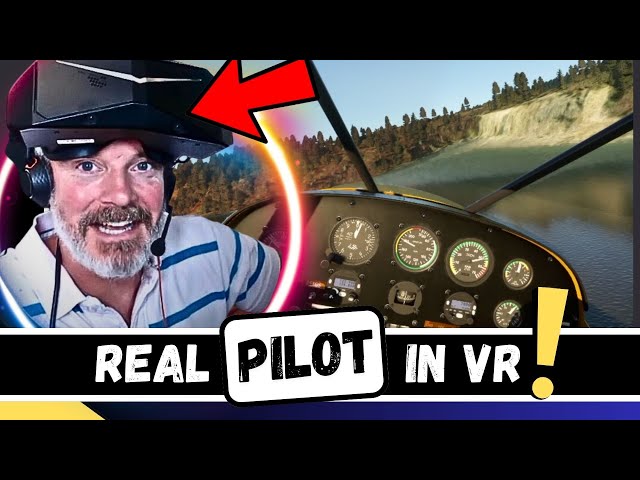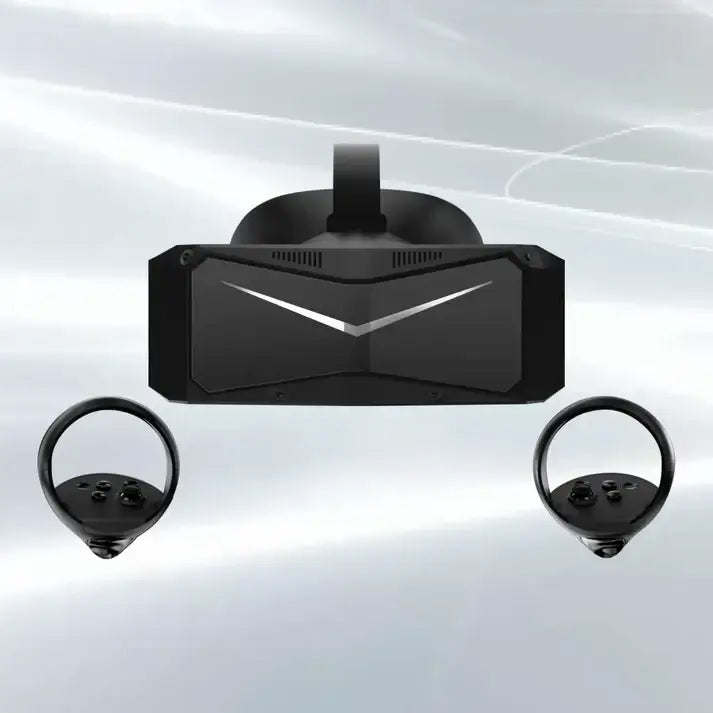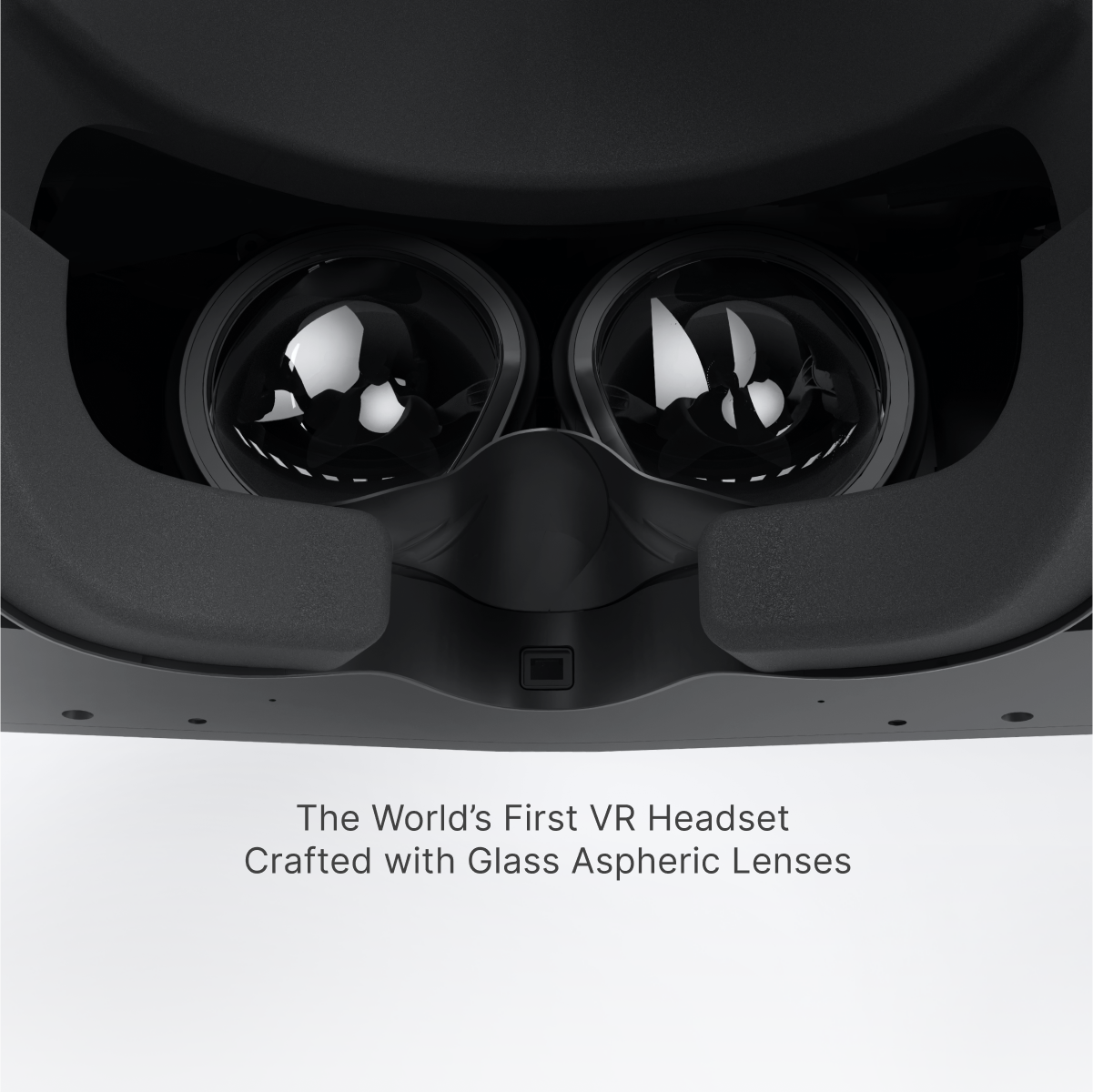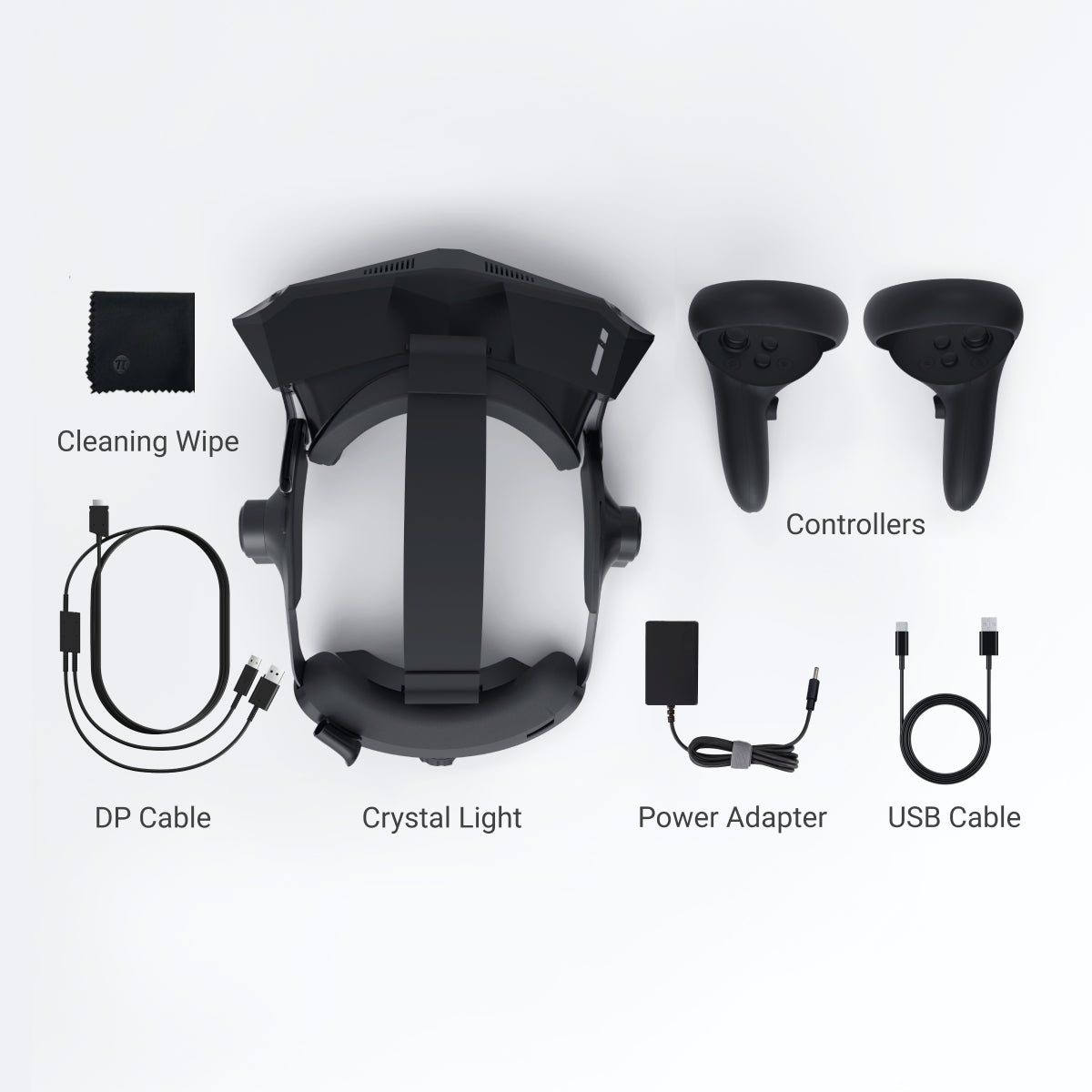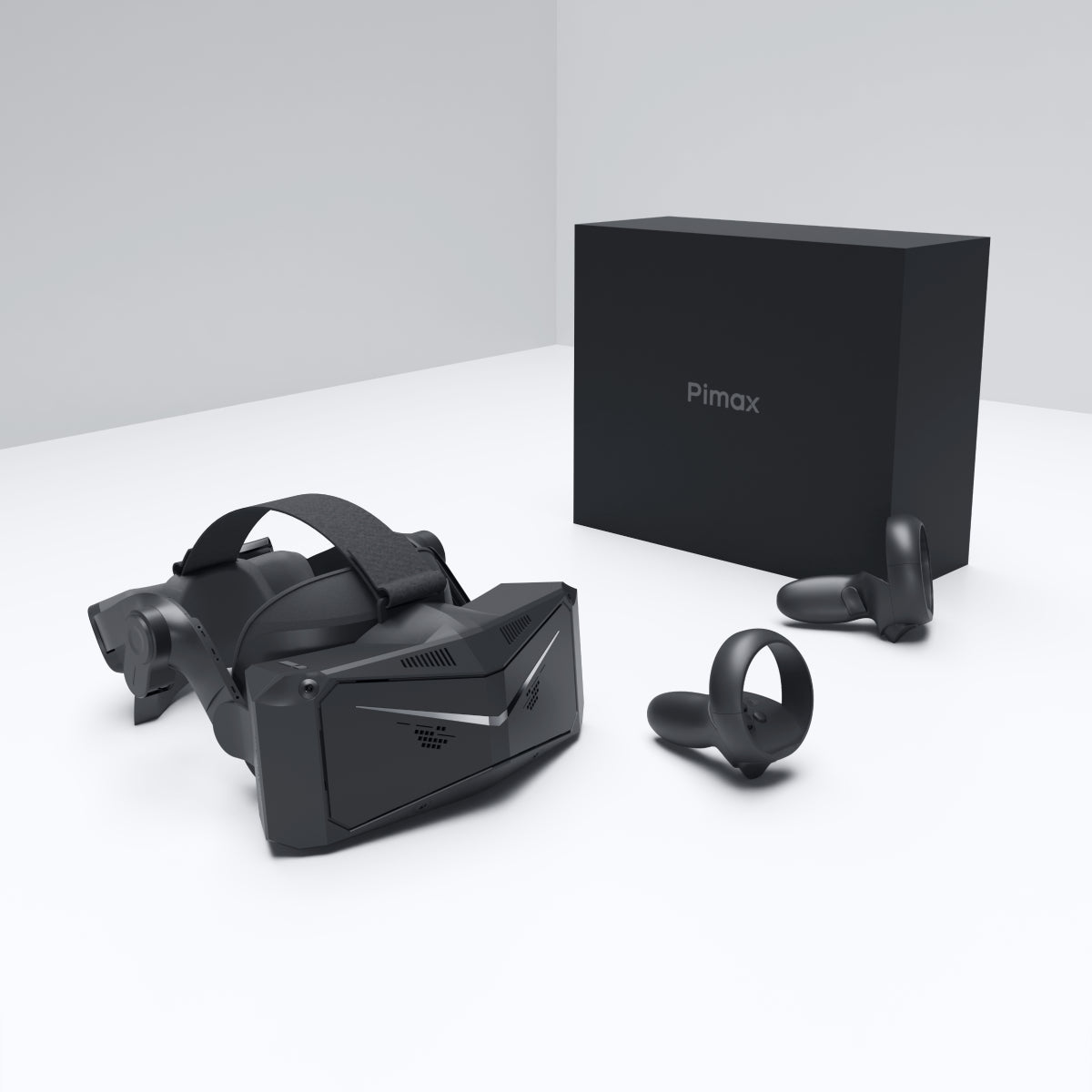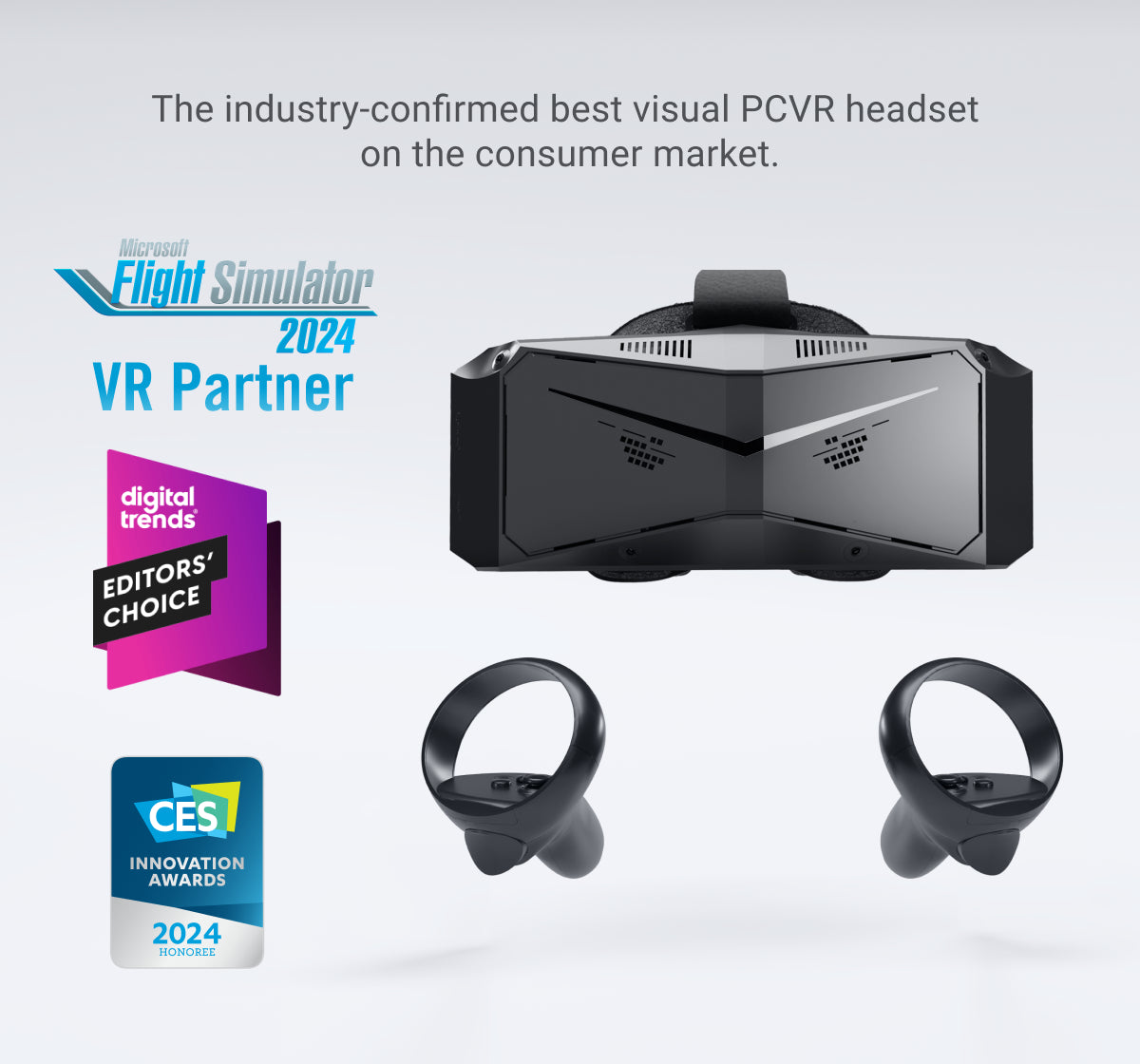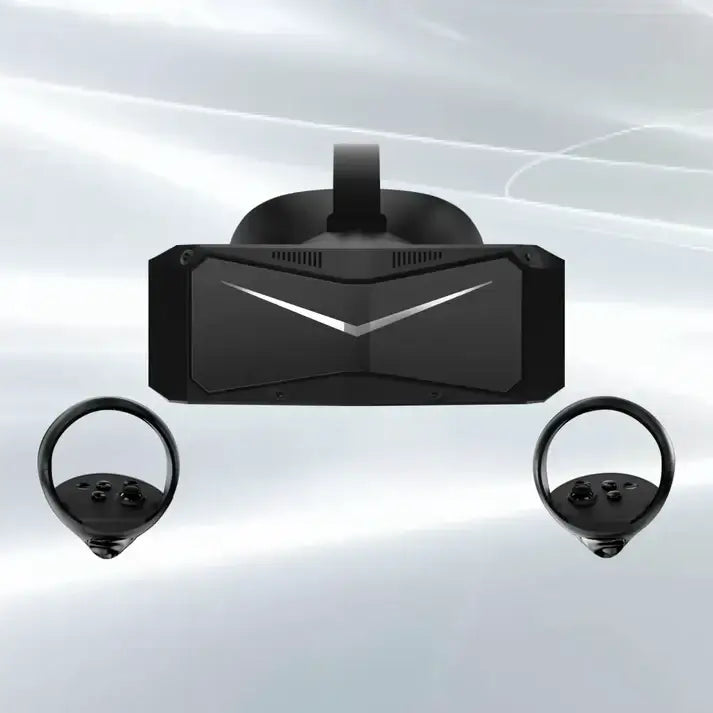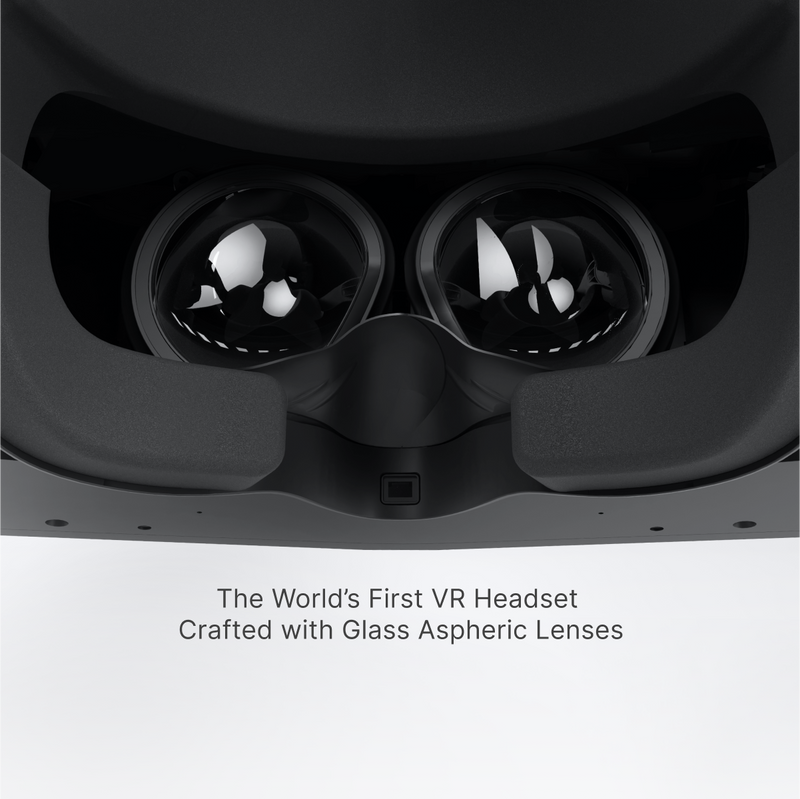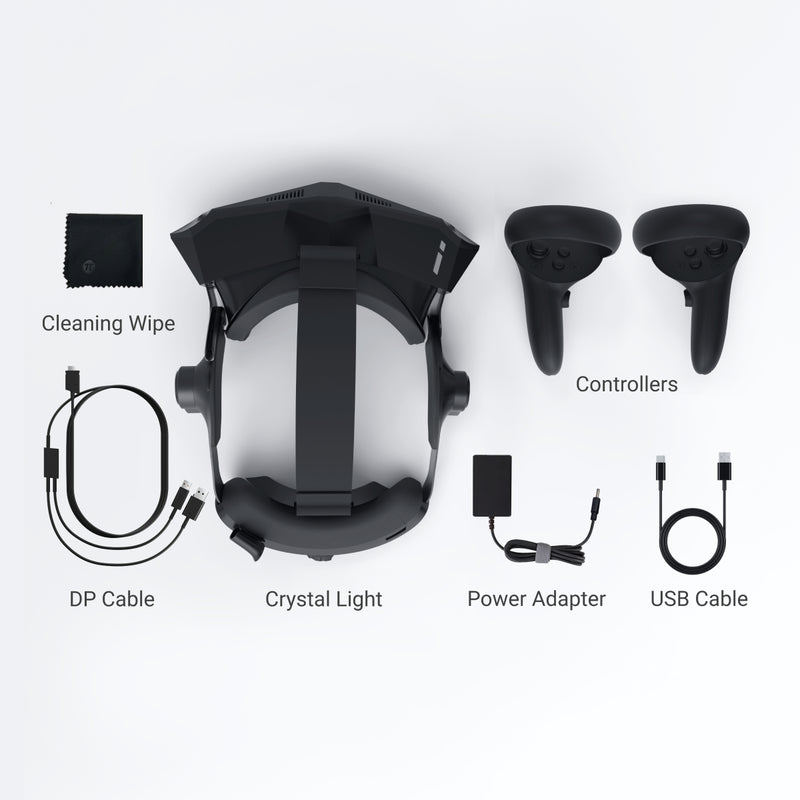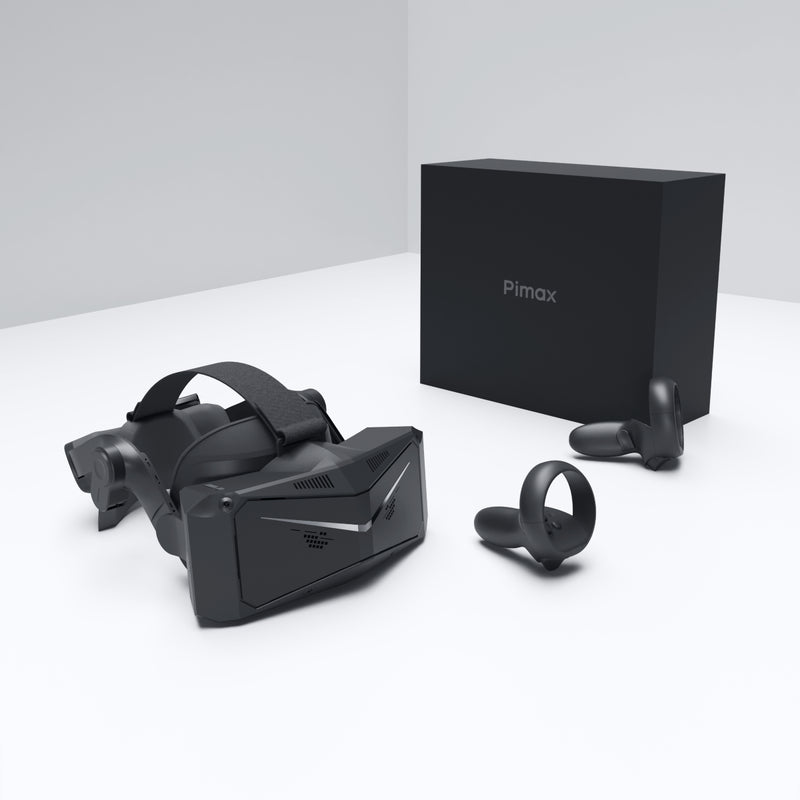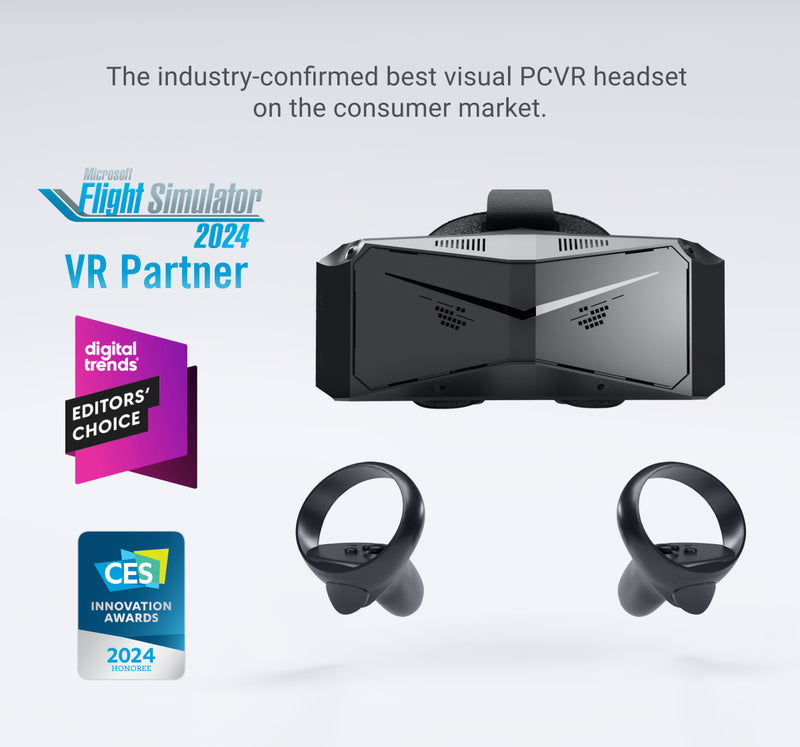La réalité virtuelle transforme rapidement l'expérience de simulation de vol, offrant un monde immersif plus réaliste que jamais. Cependant, choisir le bon casque de réalité virtuelle ne consiste pas seulement à choisir celui qui présente les spécifications les plus élevées : il s'agit de comprendre les facteurs nuancés qui contribuent à une expérience de simulation de vol vraiment exceptionnelle. Fast Jet Performance (alias Tim Davies), une voix de confiance dans la communauté des simulateurs de vol, a récemment disséqué ce qui fait qu'un casque de réalité virtuelle excelle dans cet environnement exigeant. Voici une analyse complète de leurs idées, avec des détails basés sur des données et des conseils d'experts.
Clarté visuelle : bien plus qu'une simple résolution
Si la résolution est souvent au centre des caractéristiques techniques des casques de réalité virtuelle, Tim Davies souligne que la clarté ne dépend pas uniquement du nombre de pixels. « Il s’agit de la manière dont ces pixels sont transmis à vos yeux », explique-t-il, notant que des facteurs tels que la conception des lentilles et la disposition des pixels peuvent considérablement affecter la qualité visuelle. Par exemple, il compare la résolution de 2880 x 2880 par œil du Pimax Crystal Light à celle du HP Reverb G2, qui a une résolution similaire mais une configuration d’objectif différente.
Lors de ses tests, Tim a constaté que la clarté du Pimax Crystal Light, notamment pour la lecture des instruments de bord, était supérieure grâce à la conception innovante de ses lentilles qui minimise les distorsions et offre un point d'écoute plus large. Cela signifie que les utilisateurs n'auront pas besoin d'ajuster constamment leur casque pour trouver la vue la plus claire, un facteur crucial lors des manœuvres de vol critiques.

Le confort : le héros méconnu des séances prolongées
Les amateurs de simulation de vol passent souvent des heures dans le cockpit, ce qui fait du confort une considération essentielle. Tim consacre une partie importante de la vidéo à discuter de l'ergonomie des différents casques, en se concentrant particulièrement sur la répartition du poids et la possibilité de réglage du Pimax Crystal Light.
Avec un poids d'un peu moins de 900 grammes, le Pimax Crystal Light est conçu pour une utilisation prolongée. « L'équilibre du casque est parfait », note Tim, soulignant la façon dont sa batterie montée à l'arrière contrebalance l'écran lourd à l'avant, réduisant ainsi la tension du cou pendant les longues sessions. Il compare cela au HP Reverb G2, qui, bien que plus léger (500 grammes), ne répartit pas le poids de manière aussi uniforme, ce qui entraîne un inconfort au fil du temps.

Performances : au-delà de la fiche technique
Si les spécifications matérielles sont cruciales, Tim souligne que l'optimisation et le support logiciel sont ce qui libèrent vraiment le potentiel d'un casque. Il salue les mises à jour continues du firmware de Pimax, qui ont considérablement amélioré les performances du Crystal Light depuis son lancement. « Vous pouvez avoir le meilleur matériel au monde, mais sans un logiciel solide, il ne sera pas à la hauteur », affirme-t-il.
Concrètement, cela signifie que même dans des simulateurs exigeants en graphismes comme Microsoft Flight Simulator (MSFS) et Digital Combat Simulator (DCS), le Pimax Crystal Light peut maintenir des fréquences d’images élevées avec un minimum de saccades, ce que tous les casques ne peuvent pas se vanter. Tim effectue même une comparaison directe entre le Crystal Light et le Valve Index, notant que si l’Index est un bon joueur, il a du mal à maintenir la cohérence dans les mêmes environnements exigeants où le Crystal Light excelle.

Considérations spécifiques aux simulateurs de vol : MSFS et DCS
Pour les passionnés de simulation de vol, Tim se penche sur les réglages et paramètres spécifiques qui maximisent le potentiel du Pimax Crystal Light dans MSFS et DCS. Il recommande de régler la résolution de rendu à 90 % et d'activer le rendu fovéal, qui ajuste dynamiquement la résolution en fonction de l'endroit où vous regardez, pour équilibrer les performances et la qualité visuelle.
Dans DCS, il a constaté que la réduction du paramètre MSAA (Multisample Anti-Aliasing) du jeu de 4x à 2x, tout en conservant une résolution de rendu élevée, offrait le meilleur compromis entre clarté visuelle et performances. « Avec ces paramètres, le Pimax Crystal Light offre une expérience non seulement immersive, mais également fluide et réactive », conclut-il.
Analyse comparative : Pimax Crystal Light vs. HP Reverb G2
La vidéo ne se prive pas de comparaisons directes. Tim souligne que si le HP Reverb G2 offre un excellent rapport qualité-prix et des performances solides, il est en deçà de ses capacités dans des domaines critiques pour les simulateurs de vol sérieux. Le champ de vision plus petit du G2 (90 degrés à l'horizontale par rapport aux 130 degrés du Crystal Light) et le système d'objectif moins raffiné signifient que les utilisateurs peuvent avoir une vue plus en tunnel et doivent faire face à un flou périphérique, un inconvénient majeur lorsque la connaissance de la situation est essentielle.
De plus, la conception modulaire du Pimax Crystal Light, qui permet des mises à niveau futures, lui confère un avantage en termes de longévité et d'adaptabilité, ce qui en fait un investissement plus pérenne. Le verdict de Tim ? « Si vous êtes un véritable passionné de simulation de vol, le Pimax Crystal Light vaut l'investissement supplémentaire pour l'expérience améliorée qu'il offre. »
Ce que dit la communauté
La critique de Tim a trouvé un écho auprès de nombreux membres de la communauté des simulateurs de vol. Les spectateurs de sa vidéo ont partagé leur enthousiasme et leurs commentaires positifs dans les commentaires, soulignant l'impact du Pimax Crystal Light sur leurs expériences de simulation :
-
« J'ai commandé un PCL avec votre lien. Profitez des 10 dollars ! Achetez-vous du Yorkshire Tea Gold, l'élixir des dieux. » @BTKCuk
-
« J'aime la façon dont vous prenez le simulateur au sérieux et ne faites pas de bêtises, comme s'il était vraiment réel. Je suppose que c'est la différence entre un vrai pilote qui l'utilise et un joueur. » @remaincalm2
-
« J'adore que vous continuiez à appeler cet adorable petit avion à hélice un « jet ». Mon expérience avec Cessna fait-elle de moi un pilote de jet ? Je pense que oui. » @MDoftheNorth
Ces commentaires reflètent l'enthousiasme des clients Pimax existants et le fort engagement de la communauté autour du contenu de Tim. Un utilisateur a même mentionné l'achat de la Pimax Crystal Light grâce à la recommandation de Tim, démontrant ainsi l'influence de ses critiques honnêtes et perspicaces.
Configuration PC de Fast Jet Performance
Pour atteindre un tel niveau de performance dans MSFS, Tim s'appuie sur une configuration matérielle puissante :
-
PC personnalisé Palicomp
-
Processeur Intel(R) Core i7-12700K overclocké
-
64 Go de RAM DDR4 3200 MHz
-
Congélateur liquide Arctic
-
Windows 11 PRO
-
Carte graphique NVIDIA RTX 3080ti 11 Go
Parallèlement à cela, Tim utilise des périphériques haut de gamme :
-
WINWING Orion 2 + 16EX
-
Ensemble manette des gaz WINWING Orion2 15E
-
Panneau WINWING PTO2
-
Pédales MFG Crosswind V3
Réflexions finales : prendre une décision éclairée
Choisir un casque de réalité virtuelle pour une simulation de vol ne se résume pas à choisir l'appareil le plus puissant sur le papier. Comme l'illustre Tim, il s'agit de comprendre comment différents facteurs (clarté visuelle, confort, optimisation logicielle et paramètres spécifiques de la simulation de vol) se combinent pour créer une expérience véritablement immersive.
Pour ceux qui cherchent à améliorer leurs sessions de simulation de vol, le Pimax Crystal Light apparaît comme un concurrent de premier plan, offrant un équilibre entre spécifications de pointe et facilité d'utilisation pratique. Si vous êtes intéressé par l'achat du Pimax Crystal Light, vous pouvez visiter la page produit ici . Pour garder une longueur d'avance en matière de technologie de réalité virtuelle et de simulation de vol, pensez à vous abonner à la chaîne YouTube de Tim Davies pour plus d'informations d'experts et de critiques détaillées ici .


